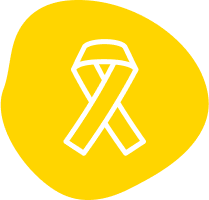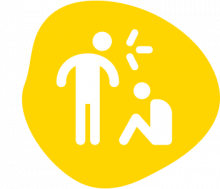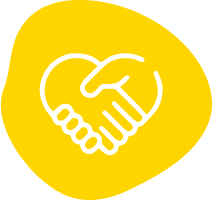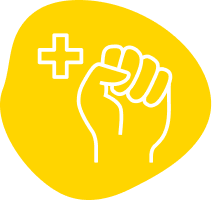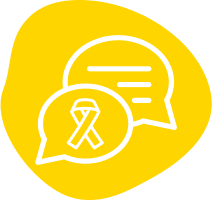“HIV is a normal disease and the more it is addressed in schools, the greater the positive impact will be, as it will help to reduce stigma and discrimination. It also promotes inclusion and equality between people.”– Young woman participant in Positive Learning regional consultation (Latin America and Hispanic Caribbean).
The Coalition for Children Affected by AIDS notes: “Tackling HIV goes hand in hand with addressing gender-based violence and violence against children, poverty, stigma and discrimination, poor mental health, gender inequality, and access to education.... This has the dual benefit of providing vulnerable children and adolescents with the support they need, whilst simultaneously tackling the underlying drivers of HIV.”
Therefore, in addition to HIV-specific action, measures taken by schools and other learning institutions to promote and protect the overall health, safety and well-being of all learners will also be of benefit to learners living with HIV and young key populations.
As well as being an important way of addressing the social determinants of HIV, such measures are also part of normalising it. Many learners need protection and support for all kinds of reasons, of which HIV is just one – for example, they may be dealing with poverty or the burden of care for others in their household. It is therefore important to differentiate and address the specific needs of individual adolescents and young people, based on their particular circumstances and priorities.


Recommendations
7.1Establish and implement a comprehensive child protection policy that respects the rights of adolescents and young people living with HIV. This includes recognising that HIV in and of itself is not a safeguarding concern or a risk to others, and no report should be made based on a learner’s HIV status alone.
7.2Be an active part of the local ‘social safety net’ by identifying and supporting learners with specific needs (financial, nutritional, emotional, etc.) and referring them to services as appropriate.
7.3Consider cash or social transfer programmes that promote learner retention in education and positive health behaviour, without excluding or stigmatising learners living with or affected by HIV.
7.4Provide access to career guidance, technical and vocational education and apprenticeship opportunities, and support adolescents and young people to identify revenue-generating activities that provide an alternative to sex work or transactional sex.
7.5Bans on pregnant learners should be overturned, and policies that support pregnant or parenting learners to continue their education should be developed, implemented and monitored.
7.6Provide linkages to accessible and effective youth- friendly harm reduction services for adolescents and young people who use drugs, and referrals to health and legal services for those who are arrested or detained. Identify policies to support adolescents and young people in detention to resume their education.
7.7Where possible, provide free school meals to all learners, or establish school feeding programmes that reach the most in need, without requiring information about HIV status.
